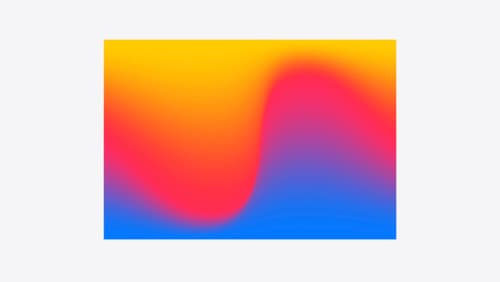How can I get started with ShaderGraph
Asked on 2024-08-05
1 search
To get started with ShaderGraph, you can refer to the session titled What’s new in USD and MaterialX. This session discusses the integration of MaterialX shaders in ShaderGraph, a shader creation system within Reality Composer Pro. ShaderGraph allows you to design shaders without any coding, making experimentation fun and fast. The session also mentions that there are several bespoke nodes available online to integrate into your content creation applications, which can streamline your workflows.
For a more detailed introduction to setting up materials and ShaderGraph, you might want to check out the session Optimize your 3D assets for spatial computing, which provides a primer on setting up materials and using ShaderGraph in Reality Composer Pro.
Here are the relevant sessions mentioned:
These sessions should provide you with a solid foundation to start working with ShaderGraph.

Optimize your 3D assets for spatial computing
Dive into an end-to-end workflow for optimized 3D asset creation. Discover best practices for optimizing meshes, materials, and textures in your digital content creation tool. Learn how to harness shader graph, baking, and material instances to enhance your 3D scene while optimizing performance. Take advantage of native tools to work more effectively with your assets and improve your app’s performance.

What’s new in USD and MaterialX
Explore updates to Universal Scene Description and MaterialX support on Apple platforms. Discover how these technologies provide a foundation for 3D content creation and delivery, and learn how they can help streamline your workflows for creating great spatial experiences. Learn about USD and MaterialX support in RealityKit and Storm, advancements in our system-provided tooling, and more.

Create custom visual effects with SwiftUI
Discover how to create stunning visual effects in SwiftUI. Learn to build unique scroll effects, rich color treatments, and custom transitions. We’ll also explore advanced graphic effects using Metal shaders and custom text rendering.
